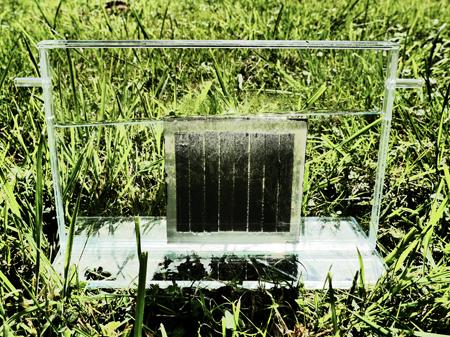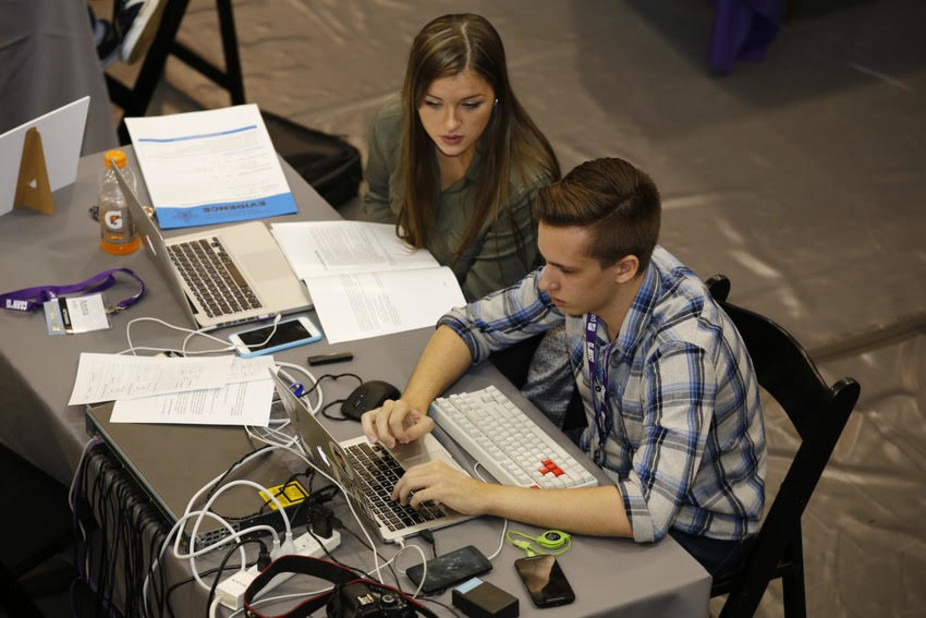Upcoming Call for Nominations
Society Awards
Fellow of The Electrochemical Society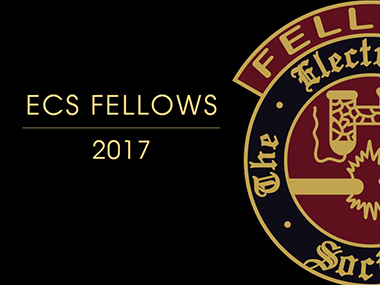 : recognizing advanced individual technological contributions in the field of electrochemical and solid-state science and technology, and active ECS membership. Certificate and gold lapel pin. February 1, 2017.
: recognizing advanced individual technological contributions in the field of electrochemical and solid-state science and technology, and active ECS membership. Certificate and gold lapel pin. February 1, 2017.
Vittorio de Nora Award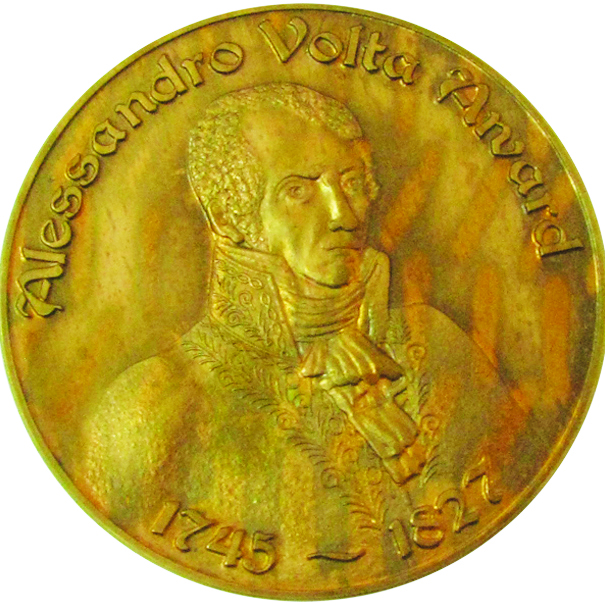 : recognizing distinguished contributions to the field of electrochemical engineering and technology. Gold medal, wall plaque, $7,500, complimentary meeting registration, awards dinner, and Society Life Membership. April 15, 2017.
: recognizing distinguished contributions to the field of electrochemical engineering and technology. Gold medal, wall plaque, $7,500, complimentary meeting registration, awards dinner, and Society Life Membership. April 15, 2017.
Henry B. Linford Award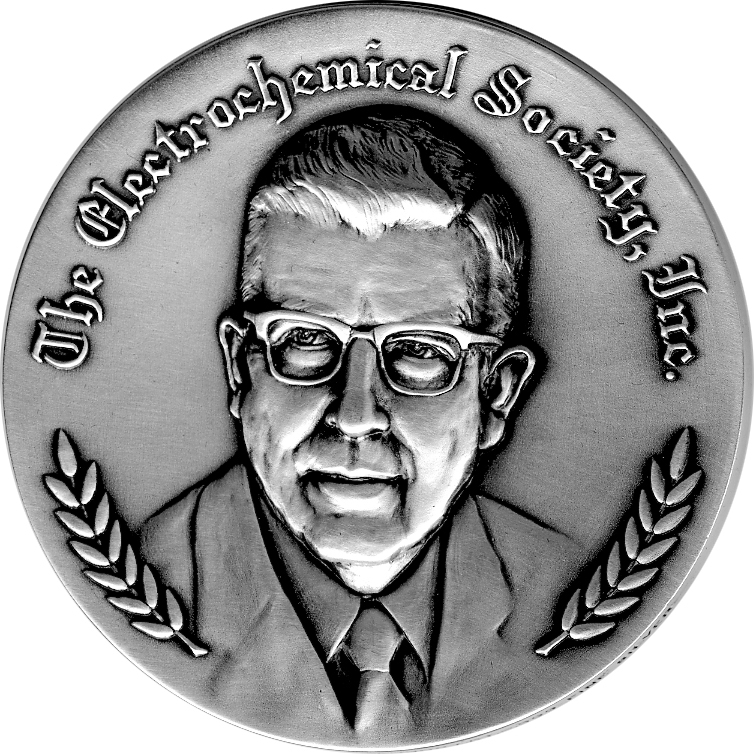 : recognizing excellence in teaching in subject areas of interest to the Society. Silver medal, wall plaque, $2,500, complimentary meeting registration, awards dinner and Society Life Membership. April 15, 2017.
: recognizing excellence in teaching in subject areas of interest to the Society. Silver medal, wall plaque, $2,500, complimentary meeting registration, awards dinner and Society Life Membership. April 15, 2017.


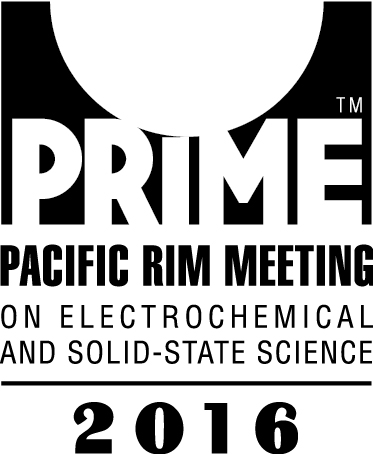 Aloha!
Aloha! Topic Close-up #1
Topic Close-up #1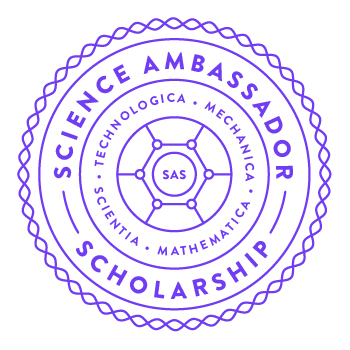 Cards Against Humanity, the comedy card game, has announced that applications are now being accepted for their
Cards Against Humanity, the comedy card game, has announced that applications are now being accepted for their  Lithium-air batteries are viewed by many as a potential next-generation technology in energy storage. With the highest theoretical energy density of all battery devices, Li-air could revolutionize everything from electric vehicles to large-scale grid storage. However, the relatively young technology has a few barriers to overcome before it can be applied. A new study published in the
Lithium-air batteries are viewed by many as a potential next-generation technology in energy storage. With the highest theoretical energy density of all battery devices, Li-air could revolutionize everything from electric vehicles to large-scale grid storage. However, the relatively young technology has a few barriers to overcome before it can be applied. A new study published in the 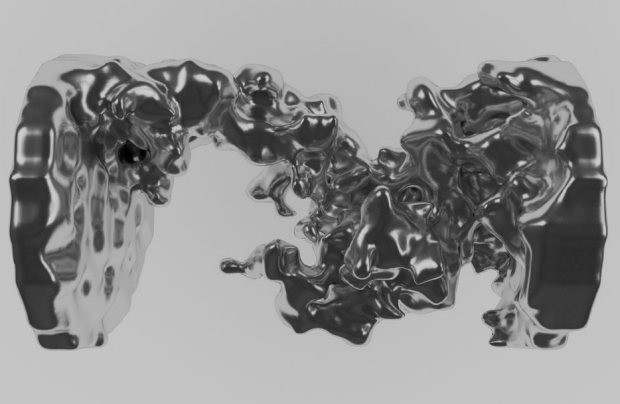
 Corrosion costs the U.S. economy over $450 billion per year. In an effort to better predict the effects of corrosion, ECS Fellow
Corrosion costs the U.S. economy over $450 billion per year. In an effort to better predict the effects of corrosion, ECS Fellow 